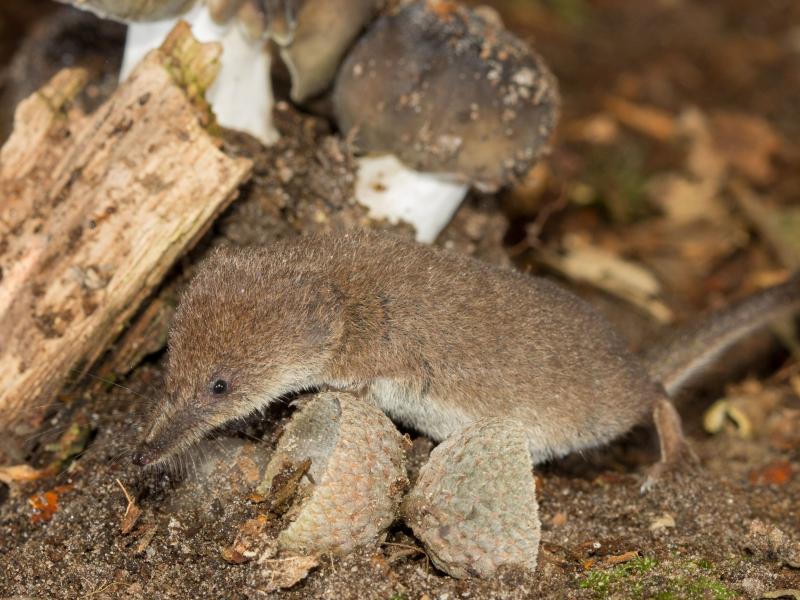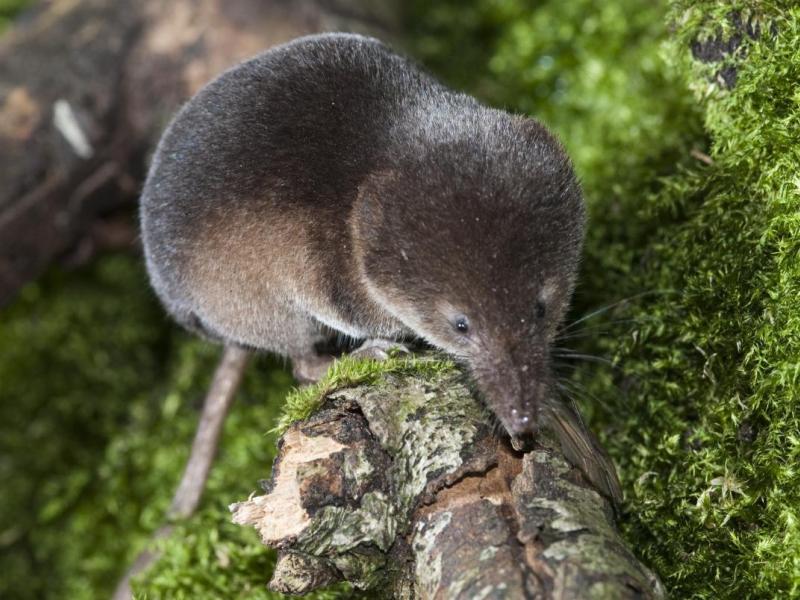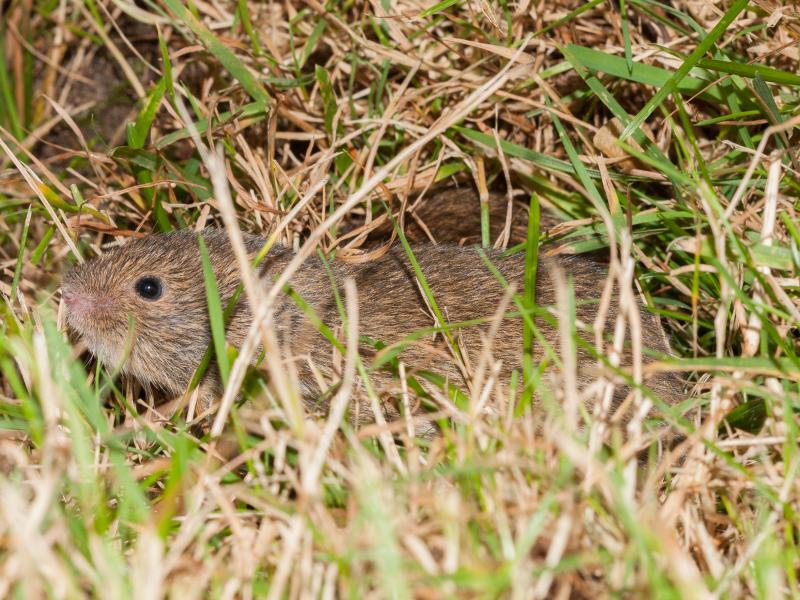Lutra 58(2)_van Boekel_2015_lr

From meadows to marshland - response of small mammal populations
In January 2012, nature reserve De Onlanden, located in the northern part of the Netherlands, changed suddenly from a meadows and hayfield biotope on peat soil into a large-scale marshland biotope and water containment area. The effects of this sudden and major biotope change on the small mammal population in De Onlanden were studied. Monitoring was done by live-trapping of small mammals during the summer periods in the years before and after the biotope change. The small mammal populations changed completely as a result of the transition of relatively dry meadow biotopes with annual mowing and grazing into marshland biotopes with strong water-level fluctuations and uncontrolled vegetation development. Common vole (Microtus arvalis) almost completely disappeared from De Onlanden, even in the remaining grassland areas, probably as a result of high water levels in winter. Field vole (Microtus agrestis) numbers also declined, but the species could still be found at locations with dense vegetation and relatively low water levels. Shrew species increased their numbers in marshland biotopes. Common shrew (Sorex araneus) was present in high numbers before the biotope change, but was found in the marshlands in even higher numbers. Water shrew (Neomys fodiens) profited most of the biotope change. By the end of the study it occupied the whole study area. Locally, exceptionally high numbers were captured. Pygmy shrew (Sorex minutus) also started to appear at several locations by the end of the study. No evidence was found for food resource competition between the shrew species.




